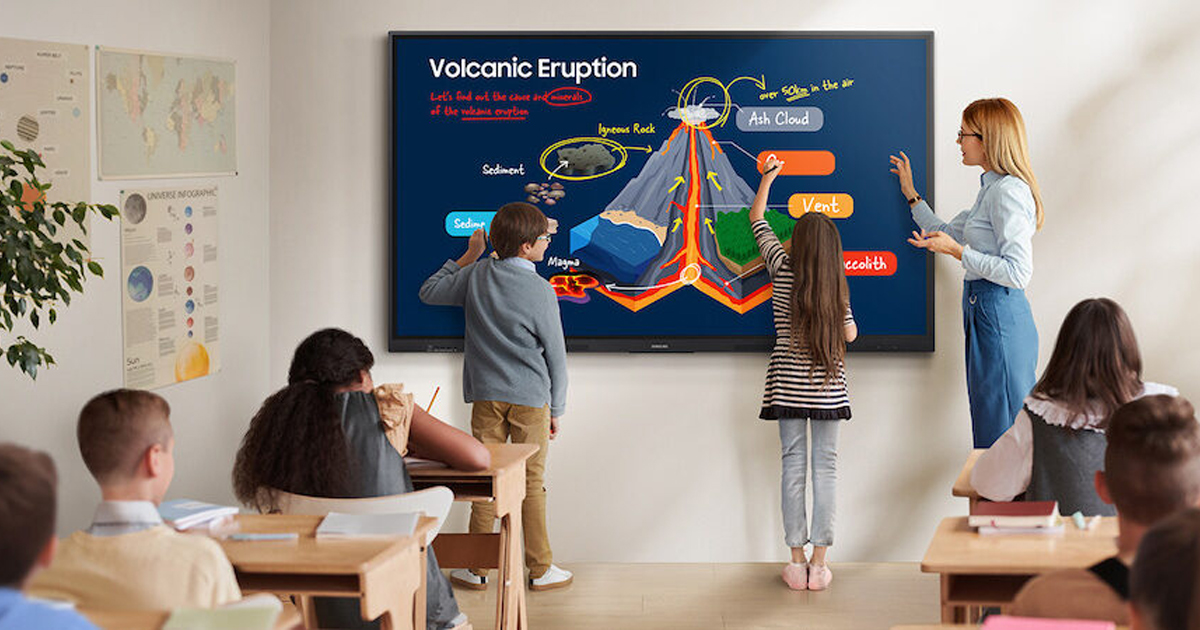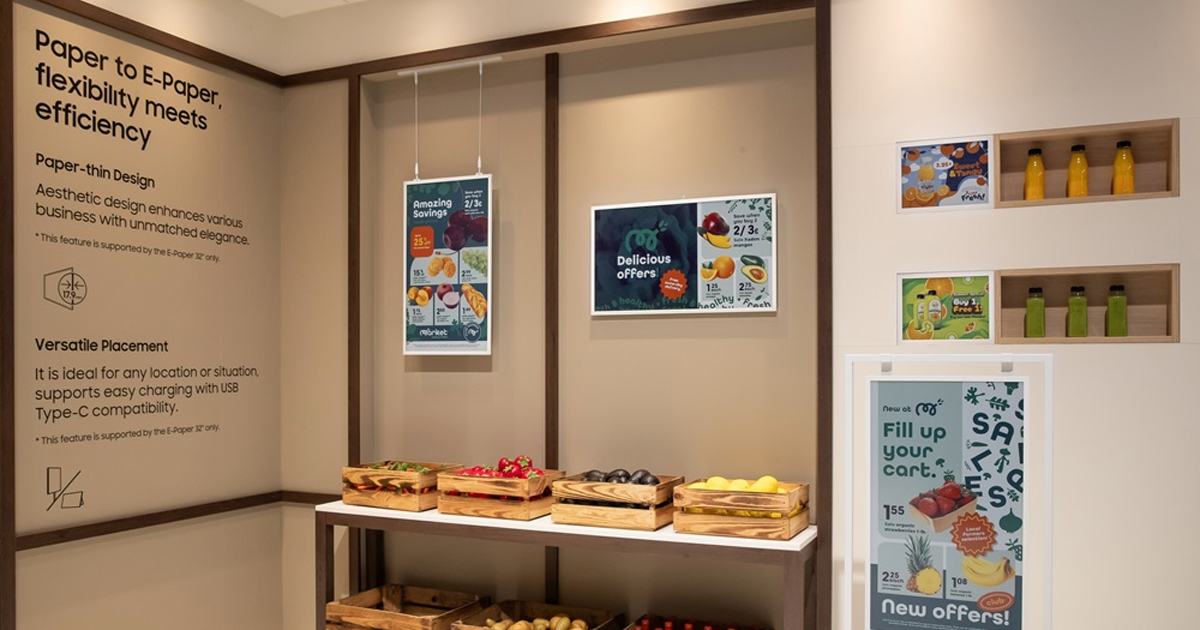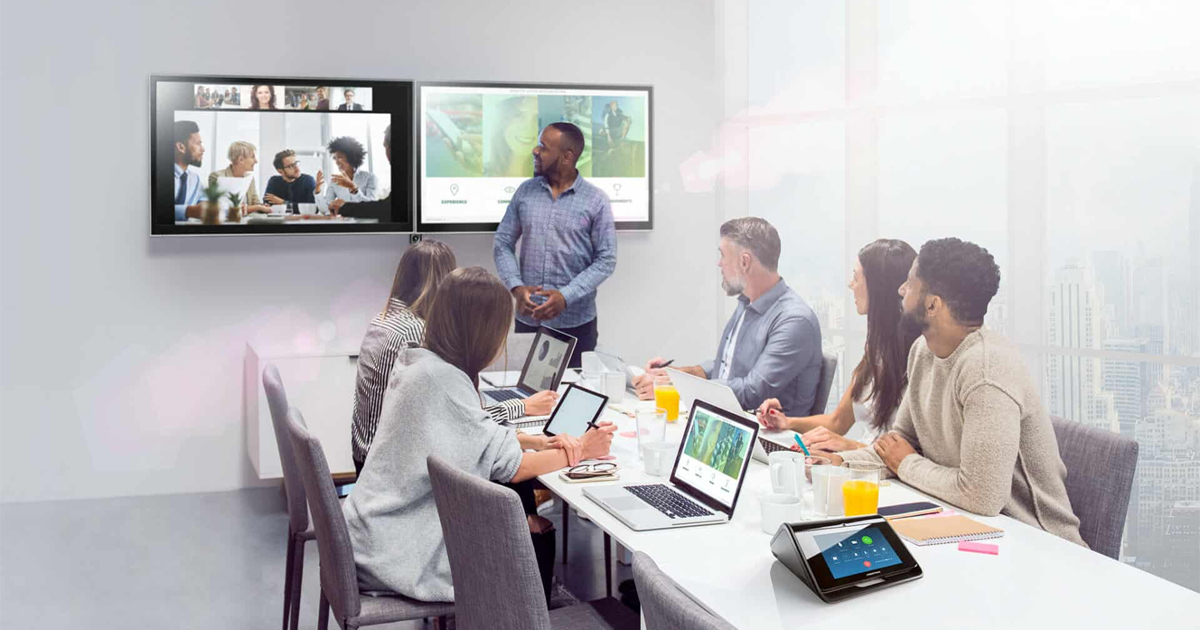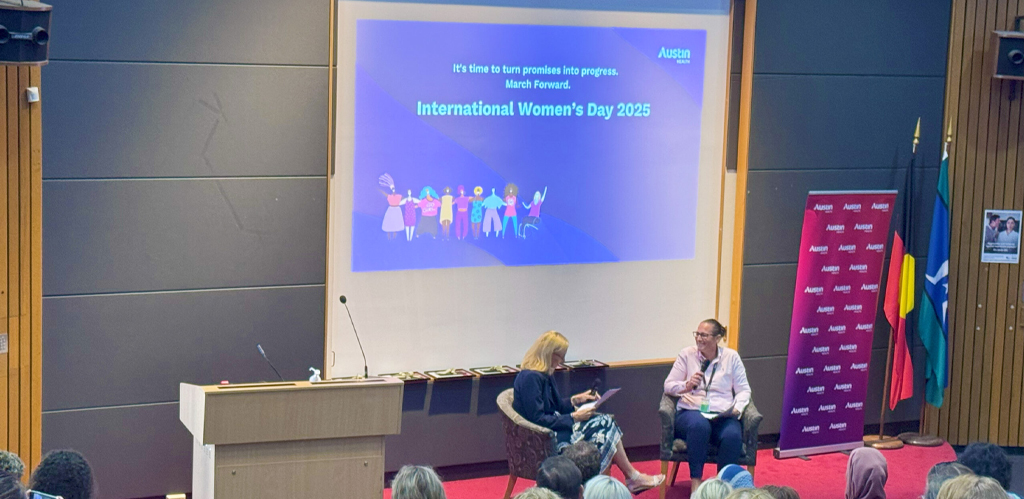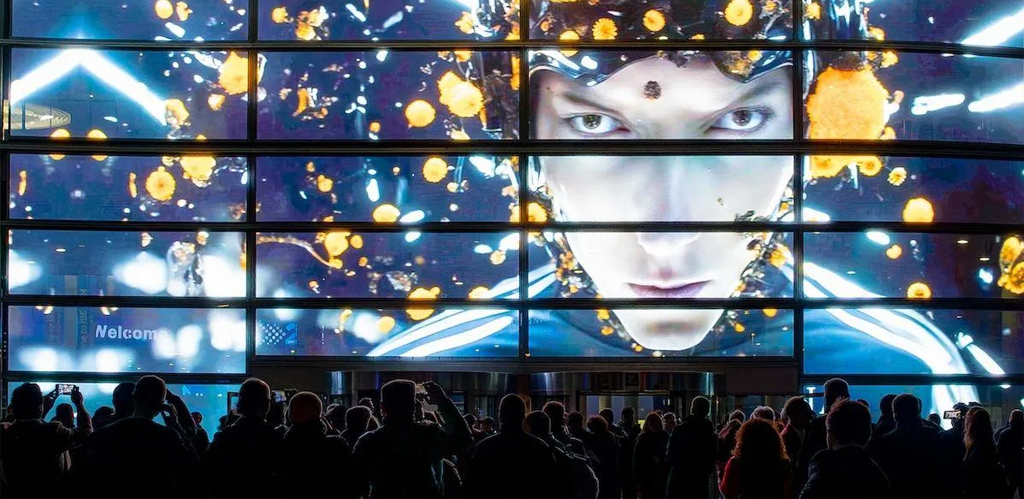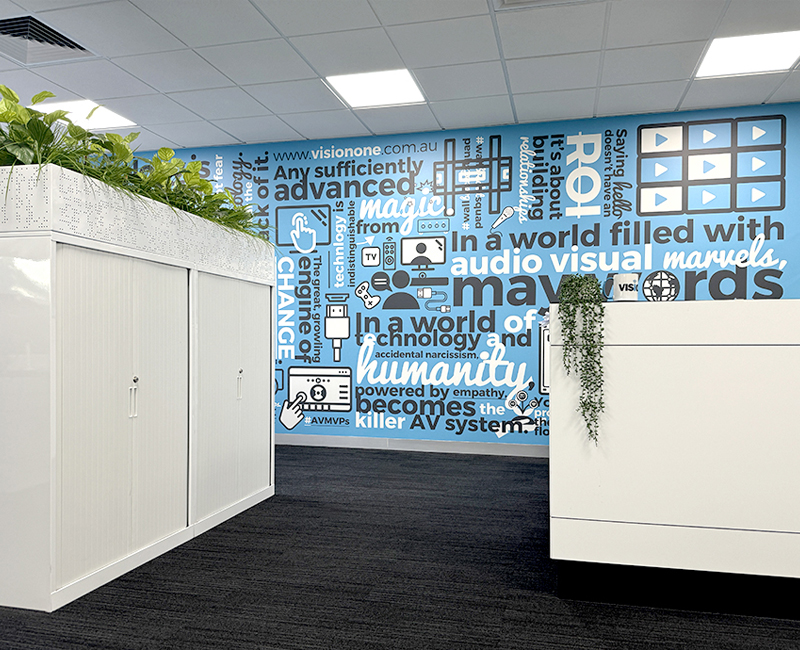This article has been reposted from Forbes.com.
There’s no denying that COVID-19 has changed the corporate landscape dramatically. With many employees forced to work from home, video conferencing platforms have become essential alternatives to face-to-face meetings. Vendors across the technology spectrum have responded to the predicament by offering their cloud conferencing solutions for free, or by expanding the functionality of their existing free versions with more advance capabilities.
One company that might not roll off the tip of the tongue in the residential video conferencing space is Crestron. However, the company has been a mainstay in conference rooms across the global corporate world, with its video conferencing and automation solutions. Now, 48-year old company is leveraging its enterprise video conferencing chops to help support work-from-home users, and prepare organizations for their eventual, theoretical return to the office.
Early in June, Crestron teamed up with Logitech to launch the new HomeTime hardware bundle, optimized for Zoom video conferencing at home. This offering marks the emergence of a new category of video products for residential use. While many work from home users are content with a laptop’s video and audio quality, Crestron believes that there may be a class of work from home users who require better noise cancellation, cameras that compensate for poor lighting and other capabilities that deliver a more office-like experience. HomeTime seamlessly integrates Logitech’s MeetUp conference camera with the Crestron technology ecosystem. Not targeted for casual work from home users who have only sporadic video conferencing needs, the Crestron bundle is designed for individuals who want to see co-workers, friends and family in much larger video windows on a dedicated large format TV. It features built-in speakers that deliver high-quality audio throughout the room and a professional-grade full-duplex beamforming microphone for enabling natural conversation. Crestron also provides its own integrated remote control to initiate and join scheduled meetings, control the camera, and select the preferred view (e.g., speaker, gallery, or full-screen).
Crestron believes that there will be a significant percentage of workers who return to the traditional office at some point in the future. As such, the company wants to be in a position to ease that transition. The nature of video conferencing, even in a corporate setting, is bound to have changed during the pandemic. Crestron’s in-house data estimates that pre-COVID-19, only 7% to 15% of existing corporate conference rooms had video conferencing capabilities. With the explosion of video conferencing over the last several months (and the fact that many will likely continue to work remotely even as others return to the office), Crestron estimates that videoconferencing “spaces” in the office will need to increase as much as 85%.
Crestron is focusing much of its energy on Microsoft Teams and Zoom, due to their broad appeal with enterprise and work from home users. But here’s the kicker: because workers are not likely to be thrilled with the notion of packing a small conference room, Crestron realized that there is a real need for a smaller, more mobile integrated solution that preserves social distancing etiquette even in the office.
To that end, Crestron’s new Flex R-Series can be installed in minutes and wheeled into any existing space to provide one-touch video and content management. The level of flexibility that Creston is offering here is tangible—most companies do not want to (or cannot afford) to equip every conference room with a full-blown video conferencing system. The Flex R-Series is a cost-effective solution that has the potential to close the distance between remote teams, regardless of their geographic location.
A few closing thoughts
While the conventional wisdom is that significant numbers of workers will continue to work remotely after the pandemic subsides, I believe the jury is still out on that. There are still collaboration benefits from participating in in-person meetings. However, video conferencing is here to stay—particularly with workers who must engage with other co-workers that are hundreds or even thousands of miles away.
With this uncertainty, Crestron appears to be hedging its bets. Its HomeTime solutions bundle will appeal to those who continue to work from home, and desire a higher-quality video conferencing experience (though its volume potential will likely be limited to well-to-do homeowners and business executives, due to the fact that its pricing starts at $6,100). Meanwhile, Crestron’s Flex R-Series could be a cost-attractive, mobile alternative for corporate, government and even some small business accounts that require more professional-grade video conferencing capabilities. Starting at $9,000 (depending on the platform support needed), the Flex R-Series could be considered a bargain since its mobile format mitigates the need to outfit multiple conference rooms with fixed video conferencing equipment.
However things shake out, Crestron deserves credit for thinking outside of the box during COVID-19. Both are unique, premium solutions that are consistent with the legacy Crestron brand and extend the company’s value proposition to even more potential users.
Disclosure: Moor Insights & Strategy, like all research and analyst firms, provides or has provided research, analysis, advising and/or consulting to many high-tech companies in the industry. The author does not have any investment positions in the companies named in this article.

